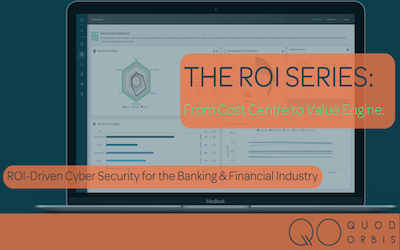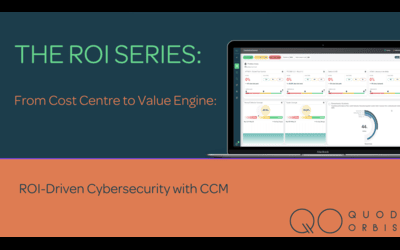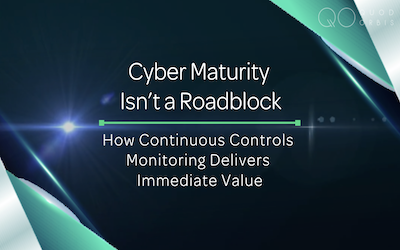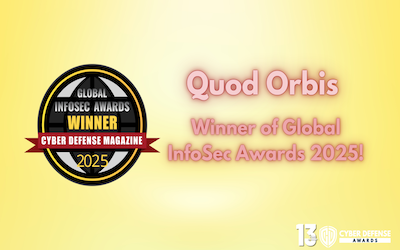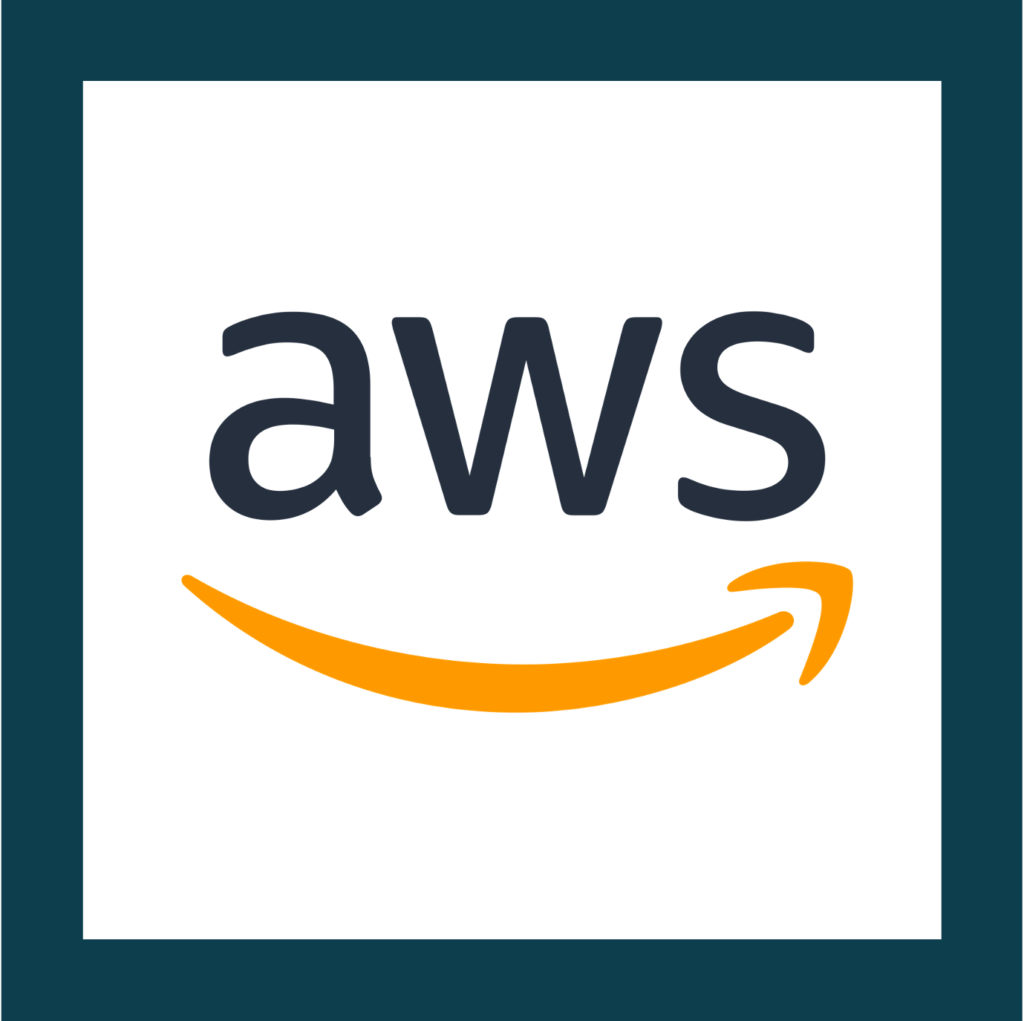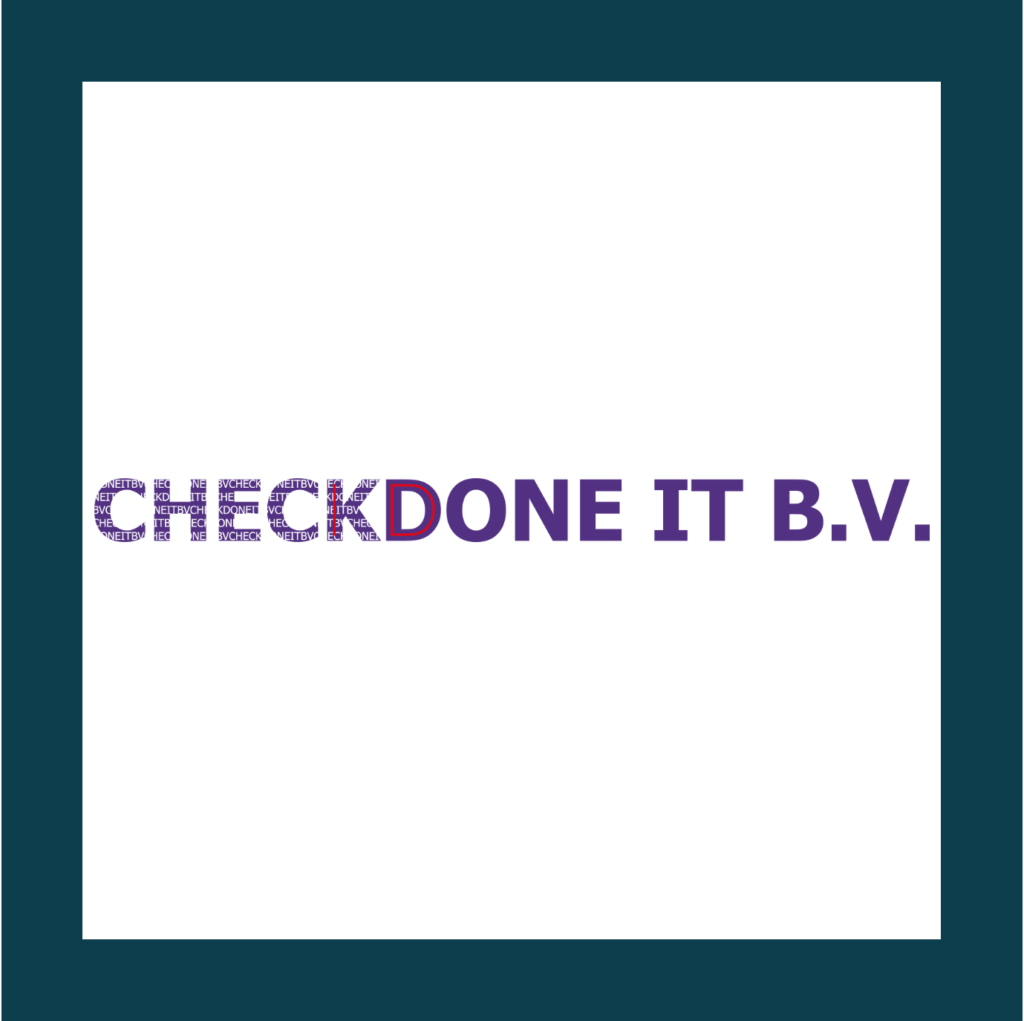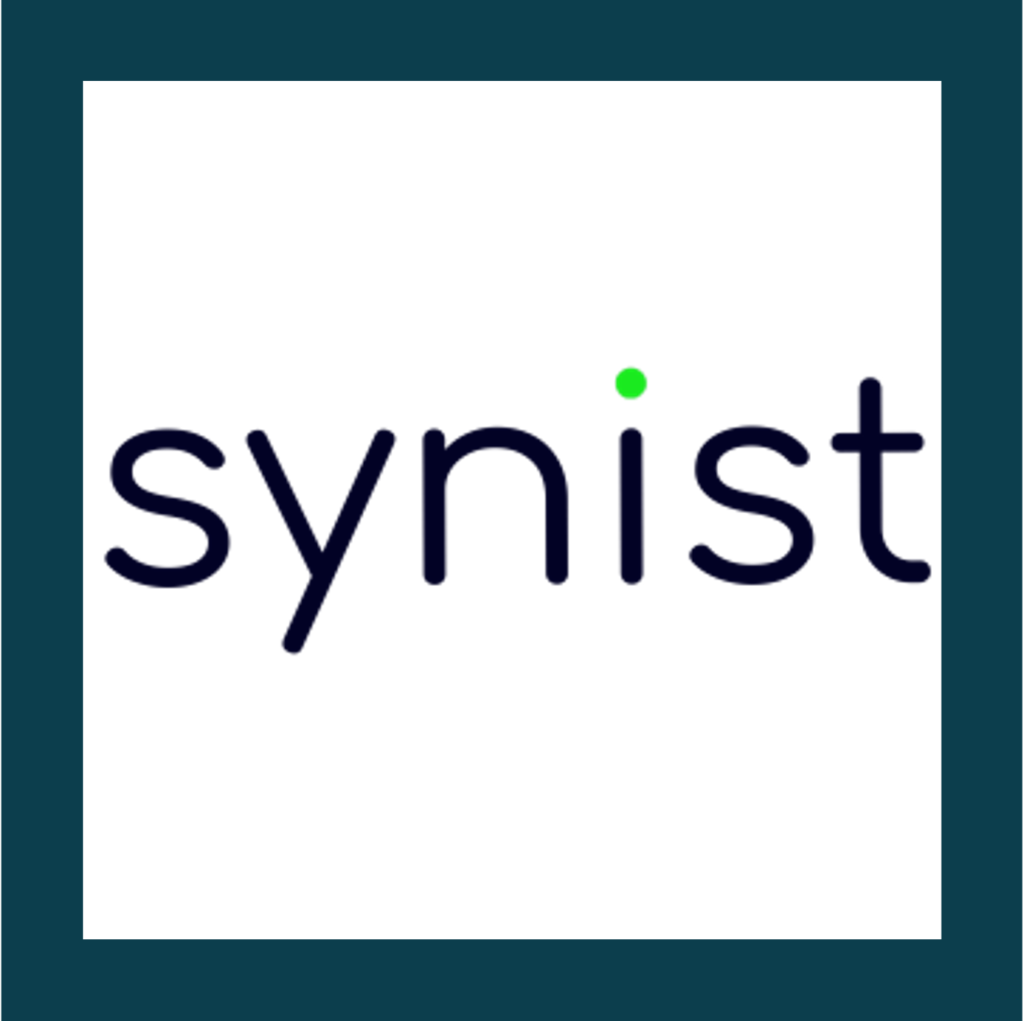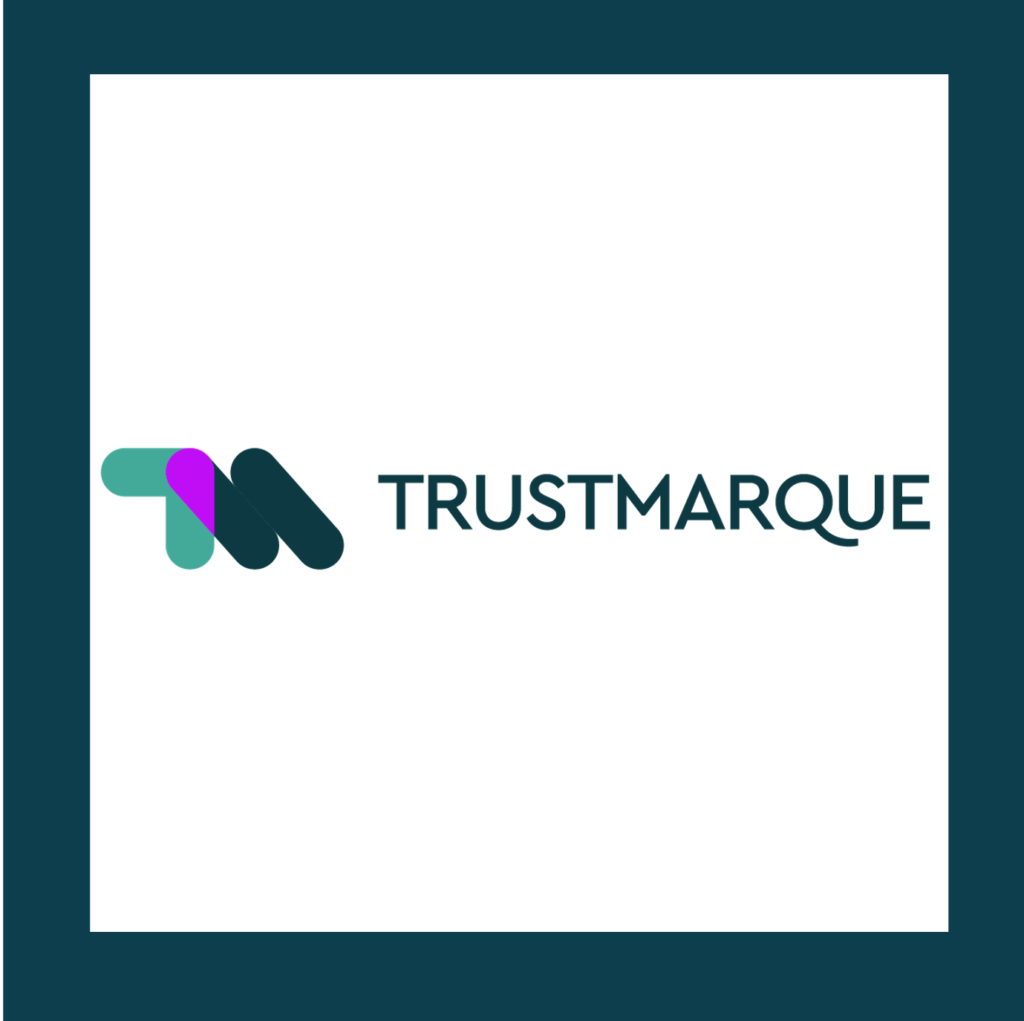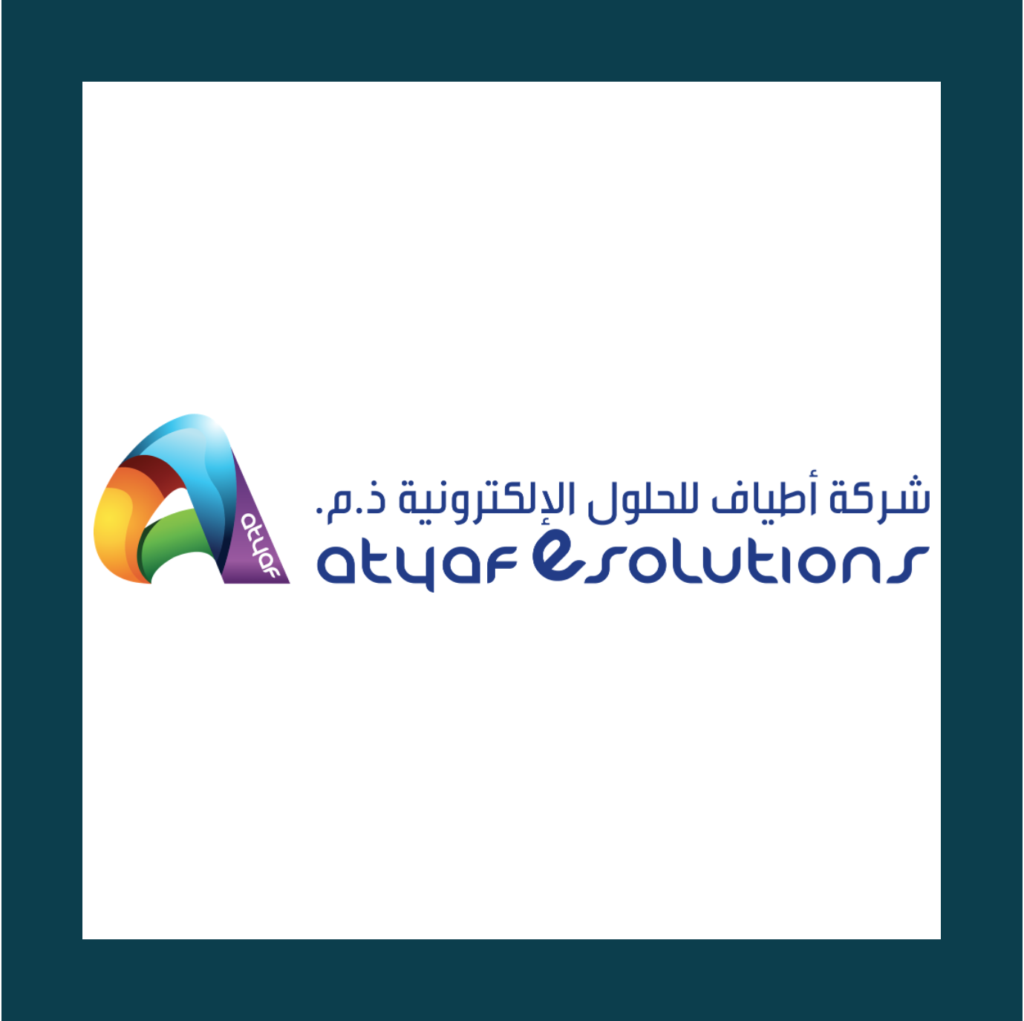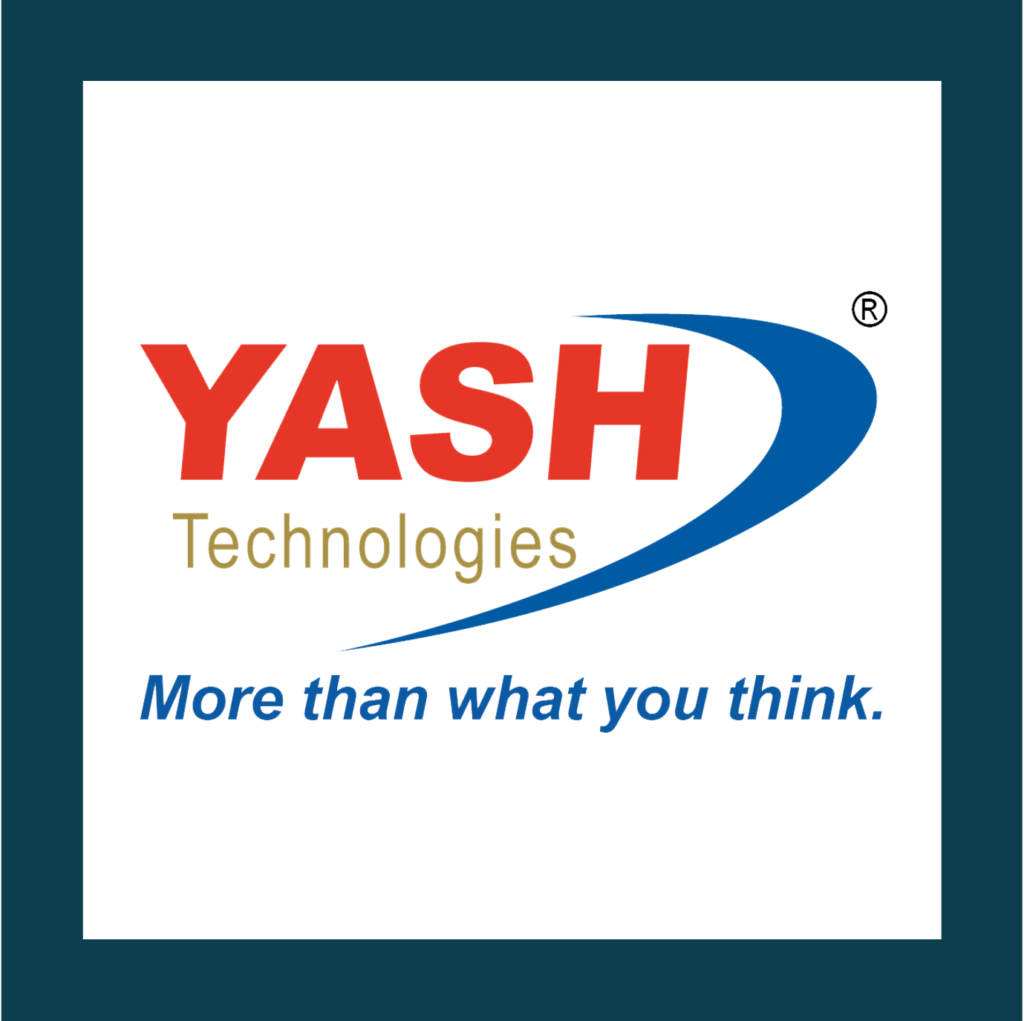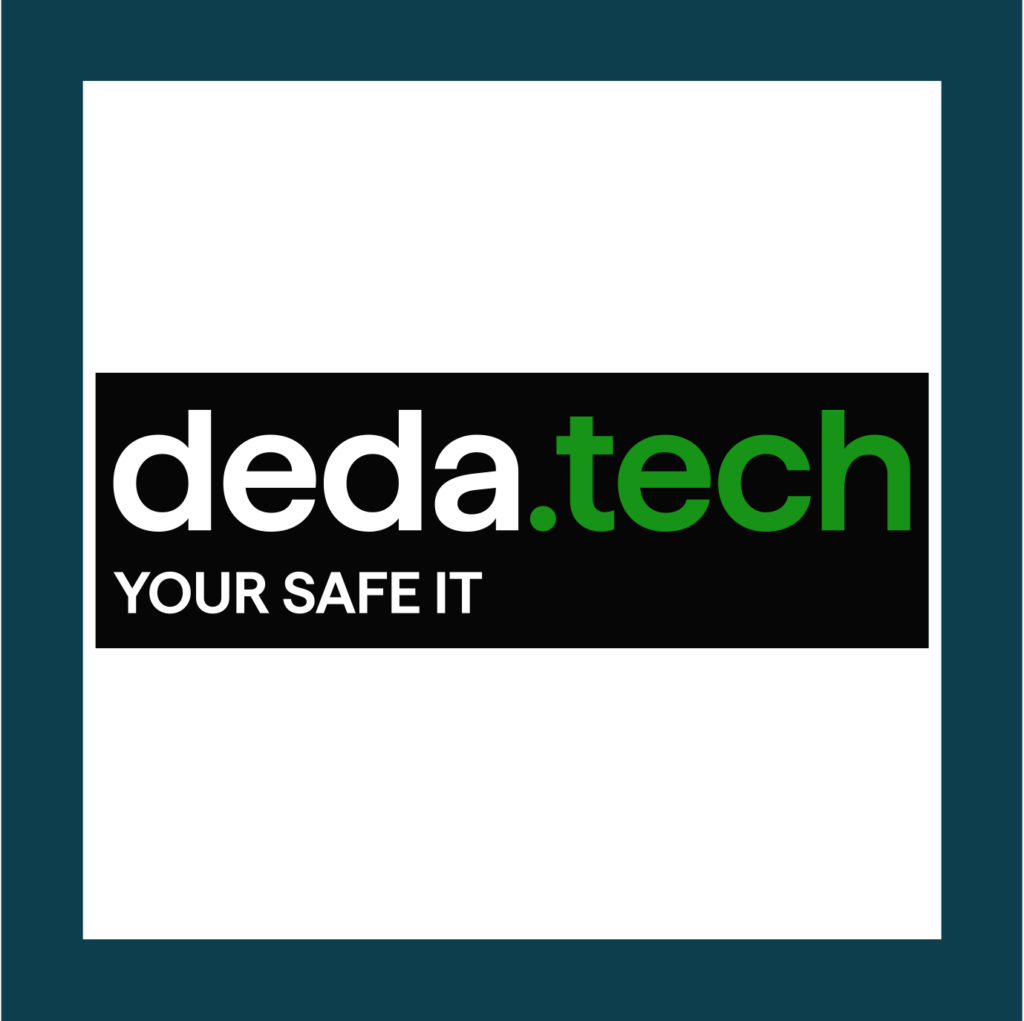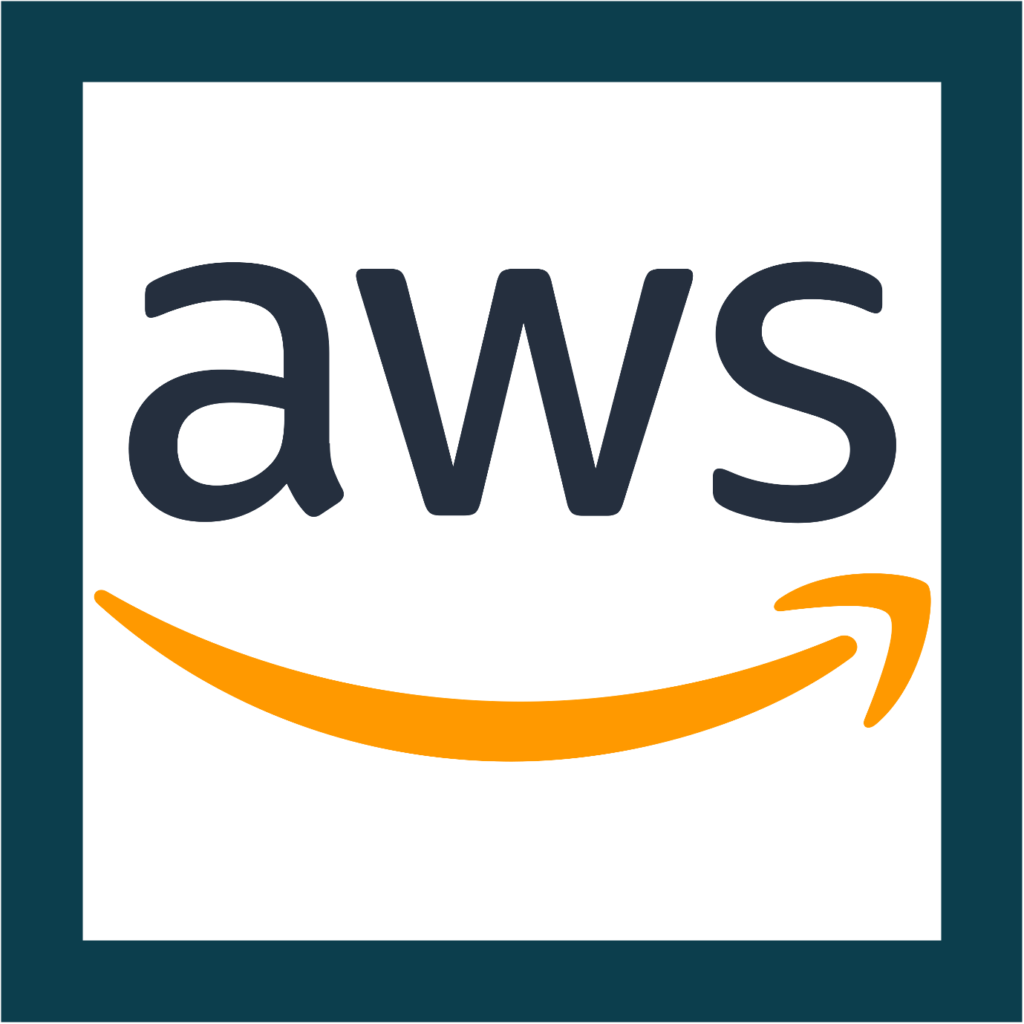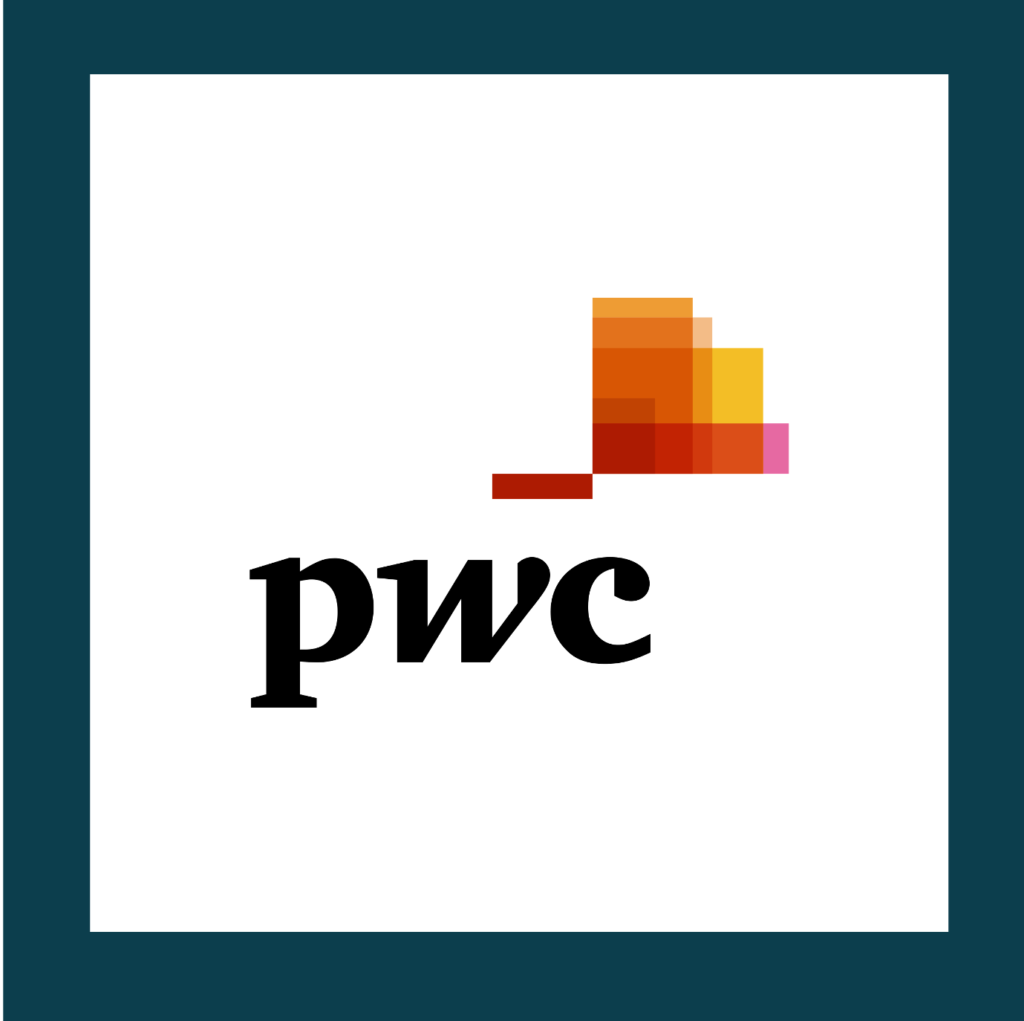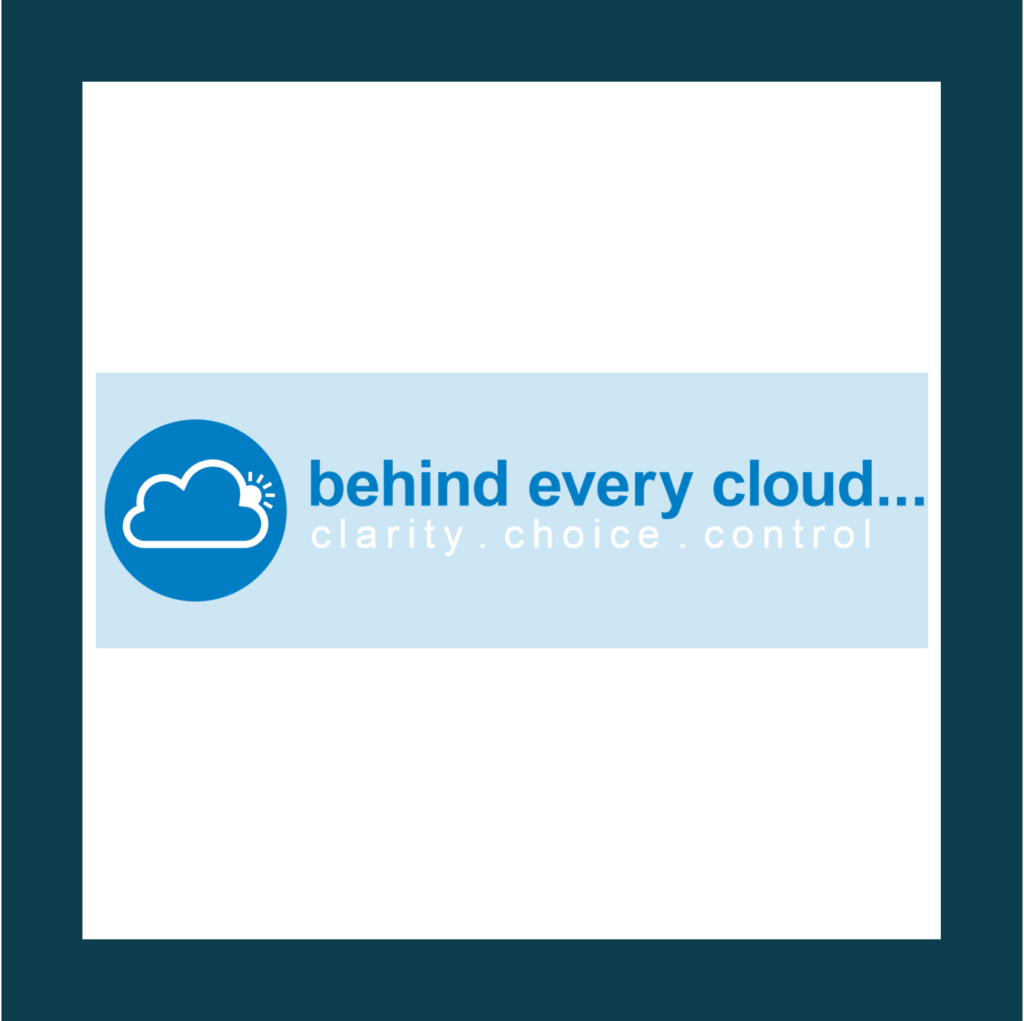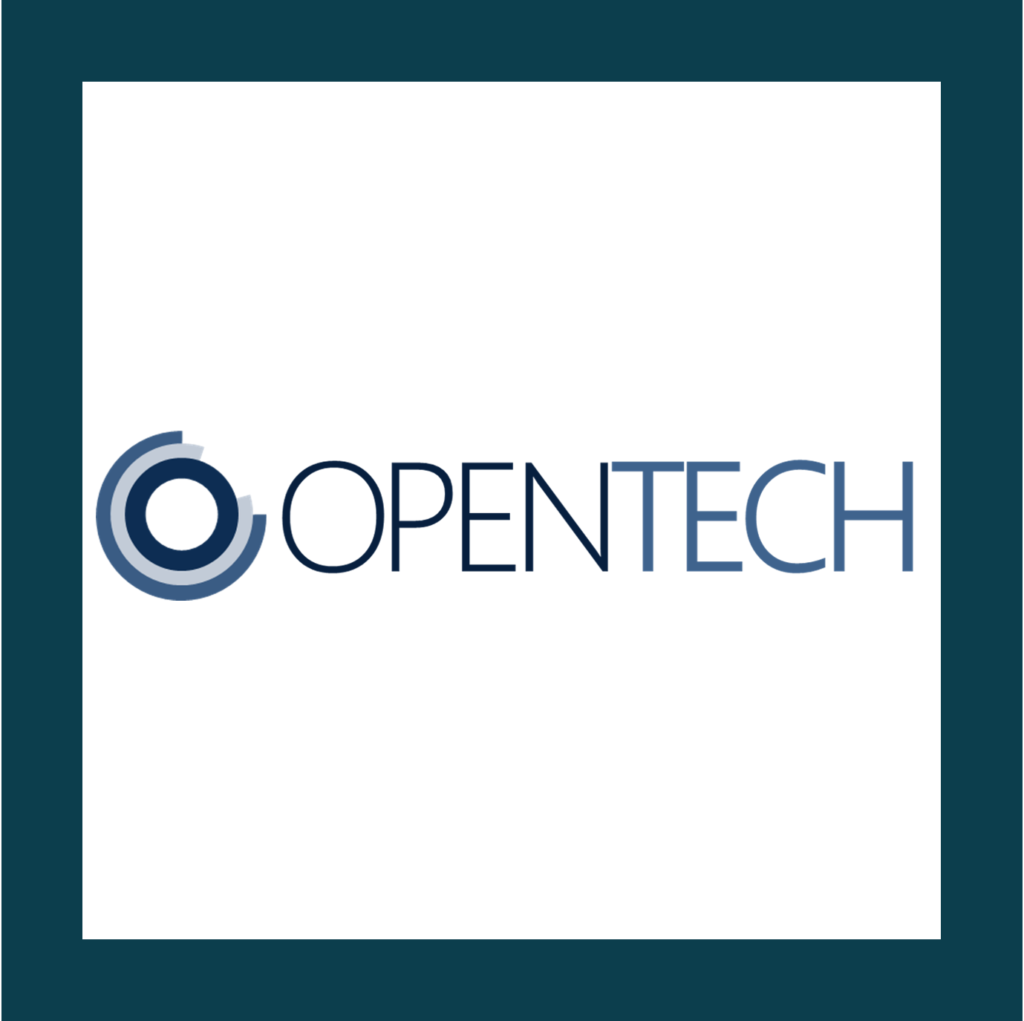What keeps GRC professionals like you awake at night? If you’re anything like most of the other GRC professionals to whom we regularly speak, it’s a question with a very simple answer: the inadequacies of your organisation’s GRC platform. Which matters, a lot. Because to the modern organisation, solid capabilities in governance, risk management, and compliance are important. Across a wide range of risks, GRC teams must respond to regulators’ demands in a timely, complete, and competent manner. And when they don’t—or can’t—then the consequences can be serious. Significant fines, certainly. But also significant reputational damage, loss of customer trust, and lost revenues.
Integrated risk management solutions aren’t enough
So how has this situation come about? Why are GRC professionals so down on their organisations’ GRC platforms? For two reasons, essentially. First, those GRC platforms are fairly simple affairs, usually requiring the manual inputting of risk management data. Generally termed ‘integrated risk management solutions’, these systems are very capable of providing a consistent, organisation-wide view. Generally, too, they provide a useful ‘heads-up’ as to current status. And generally, too, they provide a clear visual mapping of how risk is overlaid on the organisation chart. But beyond that, they’re limited. Flagging exceptions can be clumsy, and it can be difficult—or impossible—to drill down for real-time visibility of risk data and control status.
Rear-view mirror
The second weakness of organisations’ GRC platforms is that they’re static affairs, prone to bias and opinion. Information is input into them at a point in time. It’s subjective information, judgemental information, and generally qualitative rather than quantitative. Consequently, it is information that is subject to bias. It’s an opinion, rather than a proven, quantifiable fact. And an opinion that’s generally based on samples taken at a point in time, rather than anything more formal. And if there are any supporting facts, it’s often the case that these aren’t input into the GRC platform, but simply recorded—that is, if they are recorded—in any supporting paper documentation. In short, GRC professionals are expending a great deal of time and energy gathering sub-optimal information that is then out of date the moment that it is entered into the GRC platform. Just when they need to be looking forward, the tool that GRC professionals have is a rear-view mirror. No wonder, then, that GRC professionals are so down on their organisations’ GRC platforms.
Is there a better way?
Just as a thought experiment, let’s imagine what a better GRC platform might look like. We’d want something that provided us with a continuous view of controls, too, rather than a snapshot at a moment in time. Preferably, too, we’d want it to be real-time, as well. We’d probably want that continuous view to be delivered automatically, without any manual inputting—freeing up people’s time, and boosting productivity. We’d probably want something that was good at flagging exceptions, and something that could help us to drill down into the underlying problems. We’d probably want something a little more interactive, too, and able to highlight control status by category, or location within the organisation, or status—a single organisation-wide view of risk, together with the evidence to support that view. And we’d want it to be based on higher-quality, factual, quantitative information—and not on judgements, opinions, and samples.
Introducing Continuous Controls Monitoring
Does such a solution exist? Absolutely. Here at Quod Orbis, we call it Continuous Controls Monitoring—although you may have heard the IT security term ‘continuous compliance’ used, as well. Either way, it’s a solution that meets the requirements of the thought experiment sketched out above. Already in use within cutting-edge organisations, Continuous Control Monitoring technology gathers—continuously, and in real-time—all of the data and evidence that GRC professionals require, by continually monitoring all of a business’s risk management systems and internal controls, via telemetry. It’s GRC data that is factual and objective. It’s GRC data that is real-time. It’s GRC data that is drawn from right across the organisation’s risk and vulnerability landscape. And it’s GRC data that’s delivered and compiled automatically. Forget snapshots at a moment in time. Forget subjective, qualitative opinions. This is how we believe GRC platforms should operate—and this is how GRC professionals can finally sleep more soundly at night.

